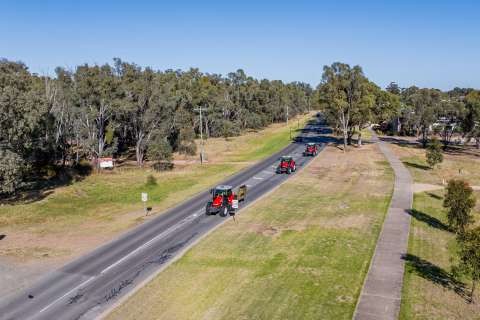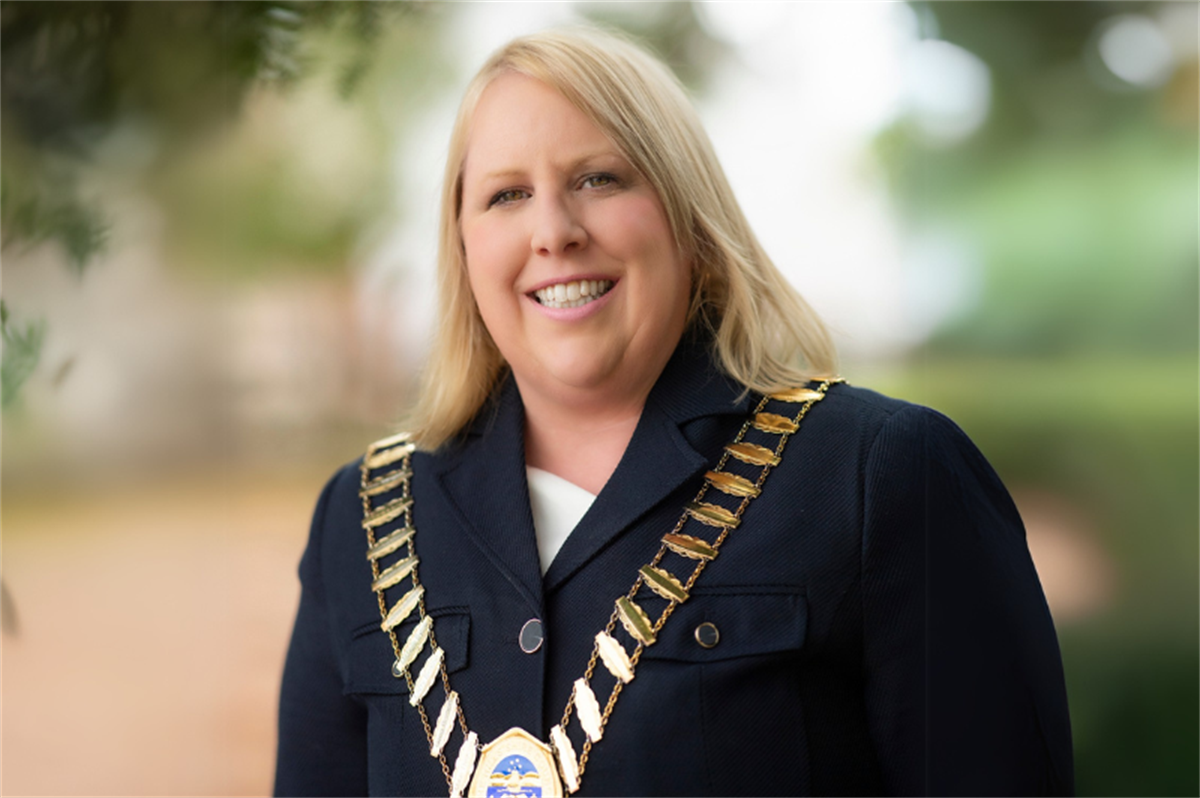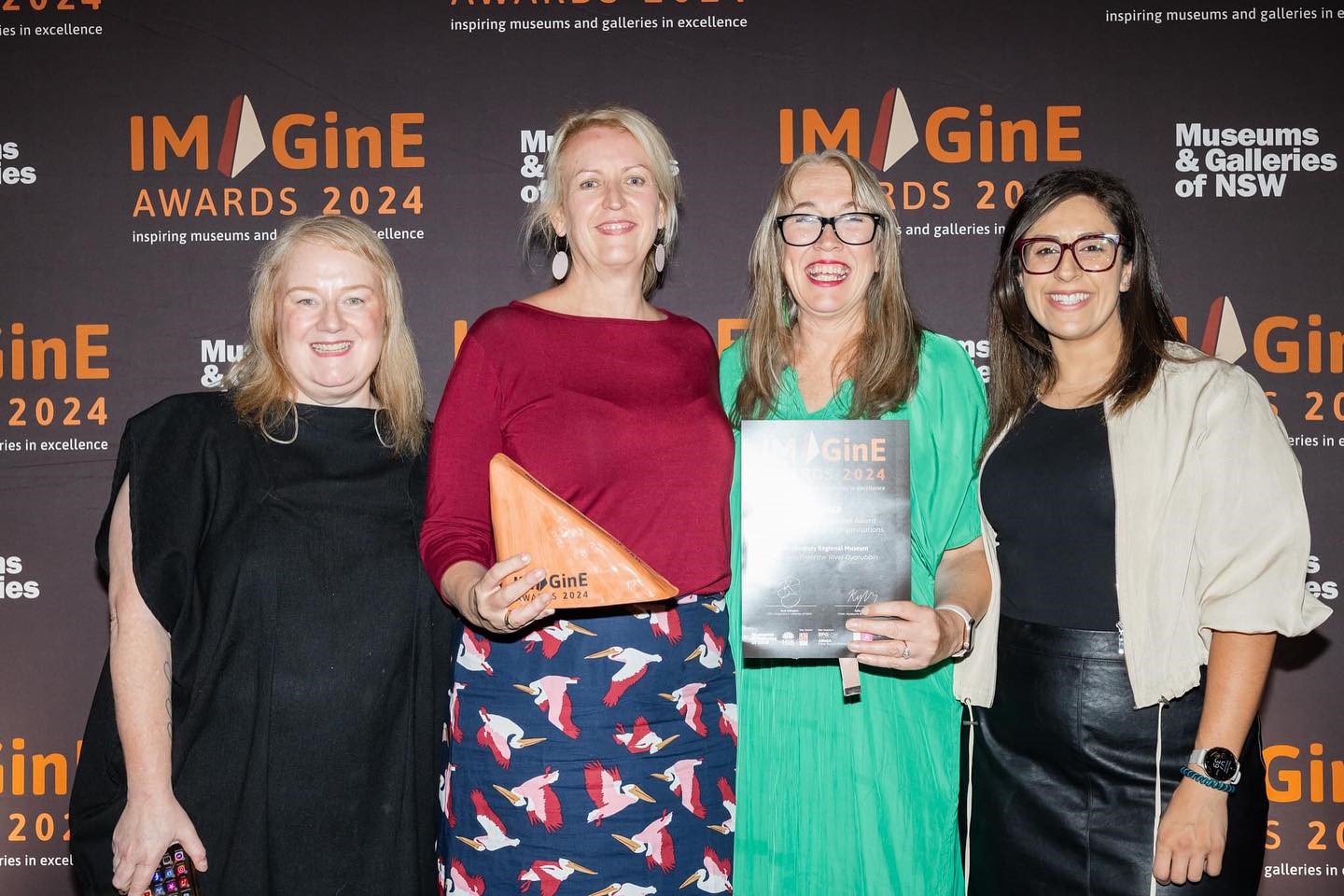An expert taskforce of more than 100 researchers drawn from across the Group of Eight (Go8) Universities has presented the Australian Government with a “Roadmap to Recovery”, a report aimed at helping Government plot the best path through COVID-19.
The , the most comprehensive of its kind presented to Government, presents two options for consideration: Elimination or Controlled Adaption. The report notes that, until a vaccine is developed that confers immunity to all Australians, COVID-19 will remain in the community and many will still be susceptible.
The Taskforce was co-chaired by Professor Shitij Kapur, Dean of Medicine at the University of Melbourne and Vicki Thomson, Chief Executive of the Go8.
“The expert advice of the Go8-based world-leading researchers was presented to Government on Monday 27 April on the two options to move Australia through its exit and, importantly, recovery phase of COVID-19,” says Go8 Chief Executive and Taskforce Co-Chair Vicki Thomson. “The report’s focus is vitally dual – focusing on both the nation’s health and economy.
“Understanding that the Government had already ruled out the so-called ‘let it rip’ herd immunity option, our researchers concluded, and clearly set out, that there were two viable options to move Australia forward.
Ms Thomson said the committed researchers had all volunteered for the extremely intense project during which they worked across public holidays and well into each night. “We are extremely proud to call them ours,” she said, and they were commended with gratitude for their commitment by Federal Health Minister Greg Hunt.*please note extended thank you from Minister Hunt at end of this release.
“We hope that what we have provided will now greatly assist the Government as it wrestles to work through how best to take Australia forward with this decision due in mid-May,” said Ms Thomson. “It is not the Go8’s job to set policy. Our role is to ensure Government receives the best advice available. The complex and difficult role of setting policy belongs to Government,” she said.
Taskforce co-chair, Professor Shitij Kapur, said that since the ³Ô¹ÏÍøÕ¾ Cabinet had already charted a course through to mid-May, our job was not to second guess that but to explore solutions beyond that date. The Go8 taskforce therefore focused on providing options for consideration from May 11 onwards.
“Australia is in a special place among comparable Western nations, and fortunate, to have two options – elimination or suppression.” he said. “This is only feasible because of our success in controlling the virus so far. From the peak of the epidemic in late March when we saw nearly 500 cases a day, the number of daily new cases now are less than 10.
“This report examines the options and makes recommendations not just for social distancing options, but for the ethical framework, the pre-requisites for long term success and the imperatives in implementation,” he said.
“The report differs from the hundreds of articles and opinion pieces on COVID-19 because it specifies theevidence on which it is based, and it was produced by researchers who are experts and leaders in their area, and it engaged the broadest range of disciplines – from mathematicians, to virologists, to philosophers,” said Professor Kapur.
The two different strategies put forward call for different community acceptance and understanding. The main points are set out below.
Elimination Strategy:
- continuation of the lock-down further than mid-May in certain jurisdictions, likely by another 30 days while waiting for cases from local sources to fall to zero and remain at that level for a few weeks
- more extensive testing and contract tracing
- Advantage of this approach is there are likely to be fewer infections, hospitalisations and deaths
- It is likely to create a higher psychological sense of safety allowing for more vigorous economic recovery
Controlled Adaption: (Suppression)
- gradual relaxation of restrictions and adaptive relaxation of social distancing as early as mid-May
- minimal level of ongoing infections that can be managed within the health system
- there is a risk infection could spike and lead to surges, requiring the re-imposition of strict social distancing measures as has occurred in Singapore
- the difficulty of predicting how confident the public will feel when restrictions are lifted may impact the resumption of economic and social life.
Message of gratitude to researchers from Minister Hunt:
“Dear Colleagues, Prof. Kapur just shared with me the collective effort that you and the Go8 are undertaking to start thinking about an inclusive Roadmap to Recovery consistent with our ³Ô¹ÏÍøÕ¾ Plans. I am pleased that so many of you are working together on this. I realize that many of you are giving up weekends and holidays to make this happen. Australia needs its best minds to work together for the benefit of all Australians now. I look forward to your outputs in the next two weeks. As you would imagine the Government is also doing deep thinking and policy work on not just the process of flattening the curve of infections but also the road out. Your work will both help inform, guide and where necessary challenge our ongoing work, and for that I am deeply thankful.”







